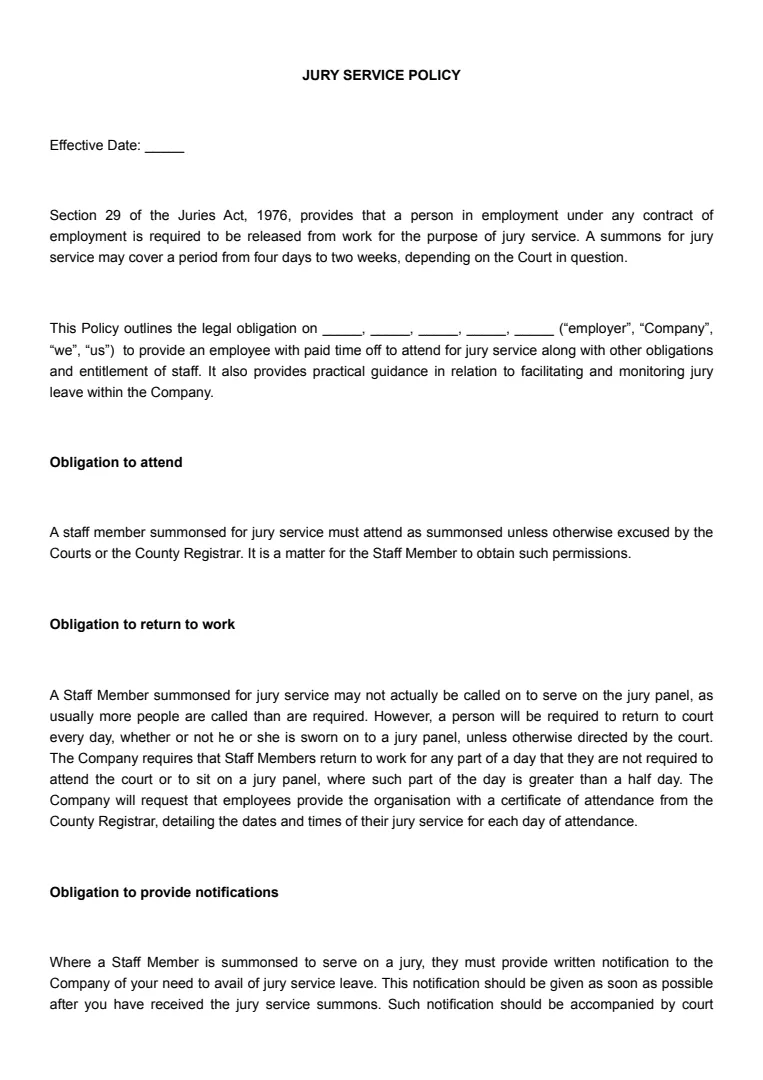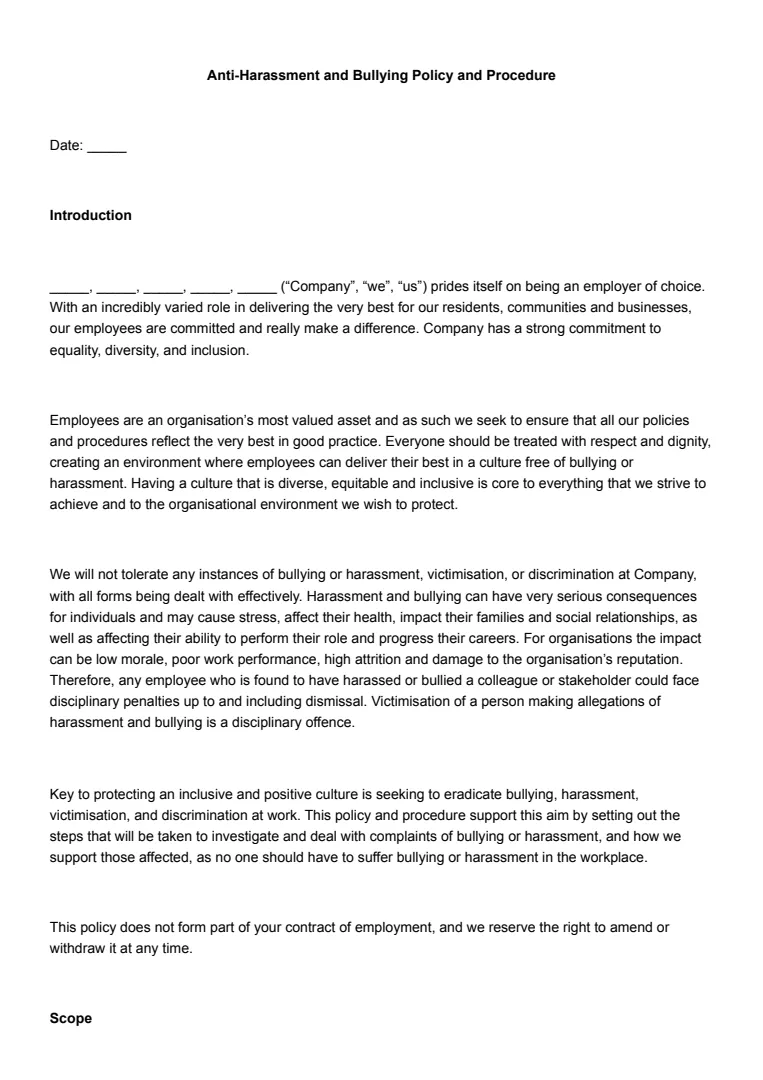What Is a Fire Risk Assessment?
A fire risk assessment is a careful look at any building, such as your home or workplace, to identify fire hazards and evaluate how they might harm or put people at risk. It's a fundamental step in ensuring safety for everyone on the premises and helps in complying with fire safety laws. In your assessment, you need to consider how a fire could start, what could burn, and the level of risk to people.
Typically, if you're responsible for a building other than a single private home, you're required to conduct a fire risk assessment. This includes employers or building owners.
A written assessment isn't legally required if your building has fewer than five regular occupants. However, writing your assessment down helps communicate findings and action steps.
When Is a Fire Risk Assessment Needed?
A fire risk assessment needs to be performed in several scenarios.
If you own or manage places like offices and shops, you're responsible for ensuring fire safety. Additionally, factories and warehouses are loaded with potential fire risks due to the presence of machinery and storage materials. This makes regular assessments crucial.
Attention to fire risk is vital anywhere people sleep, like hotels or hostels. Sleeping accommodation requires regular checks, particularly as fires breaking out at night can be extremely dangerous.
If you manage residential care or healthcare premises, you’ll likely be dealing with vulnerable individuals, heightening the importance of conducting frequent and thorough assessments.
Educational settings like schools or colleges must also adhere to fire safety regulations. Regular fire risk assessments ensure all educational premises are safe.
Animal lovers must also take note. If you run an animal premises, you need to factor in both human safety and that of the animals in your fire safety plans.
Anywhere public gatherings take place – from concert halls to stadiums – the owner has a legal obligation to assess fire risks. This includes places where groups of people (large or small) assemble.
Finally, any transport premises where people gather, such as train stations or airports, need consistent monitoring and periodic reviews to safeguard public safety. Keeping these spaces secure helps protect both passengers and staff from potential hazards.
How to Write a Fire Risk Assessment
Creating a fire risk assessment is essential for ensuring the safety of anyone using a building or workplace.
Here’s a straightforward approach to drafting your own assessment.
Step 1: Identify Fire Hazards
Start by inspecting the premises to spot potential fire hazards. Pay attention to potential sources of ignition, like matches, heaters, and faulty wiring.
Also, note any flammable materials such as paper or chemicals. Observing how these components interact is crucial for identifying risks.
Step 2: Determine Who Might Be Harmed
Identify any individuals at risk in case of a fire. Consider employees, visitors, and contractors.
Give particular thought to those with additional vulnerabilities, such as disabled persons or children, ensuring they have adequate protection.
Step 3: Evaluate Risks and Take Action
Assess the risks posed by the hazards you've identified.
Decide if existing measures are adequate or if you need to introduce controls to minimise these risks. This might include installing fire alarms, providing extinguishers, or ensuring clear escape routes.
Step 4: Record Findings and Prepare
Document your findings clearly, detailing the measures taken to ensure safety.
Create an emergency plan outlining evacuation procedures, and update this regularly to incorporate any changes in the premises or new hazards identified.
Step 5: Implement Staff Fire Safety Training
Conduct comprehensive fire safety training for all staff members or occupants/users of your premises.
This should cover your emergency plan and individuals' specific responsibilities during an evacuation.
Regular fire drills are vital for familiarising everyone with evacuation routes and procedures.













